Structured Curriculum vs. Play-Based Learning: Where's the Balance?

One of the biggest debates in homeschooling {right up there with screens vs. no screens, and schedules/routines vs. a flexible flow} is whether it’s better to follow a structured curriculum or take a more flexible, play-based approach, especially when it comes to learners 7 and younger. Many parents I talk to wrestle with the idea of striking a balance between formal learning {aka workbooks and time-tabled activities} and child-led discovery {aka following your child's lead}.

So, what’s the best approach? The short answer: It depends on your child AND you.
The long answer? It's complicated. Let's find the sweet spot.
This post explores the benefits of both - through research and real, lived experience - you'll discover how you can create a homeschool experience that hits the "sweet spot" and works perfectly for YOUR family!
The Case for Structured Curriculum
A structured curriculum can be comforting for many parents, especially those who are new to homeschooling. Having a clear...
Crafting Gratitude the Reggio Way: Simple Projects to Raise Thankful Kids
“The more you practice the art of thankfulness, the more you have to be thankful for.” Norman Vincent Peale
In our fast-paced world of instant gratification, teaching children to slow down and notice the good and the beautiful that surrounds them is a profound gift.
Gratitude, the practice of appreciating what we have and expressing thanks, isn’t just for us grown-ups. Research shows that when introduced early, gratitude helps children feel more connected to others, boosts their self-esteem and sense of well-being and even builds resilience. (Obeldobel and Kerns, 2021; Hussong et al, 2020; Emmonds, 2003) Although gratitude may feel like an abstract concept, there are simple and concrete ways to cultivate the practice with our young children.
Today’s post features some creative ideas to help make the act of practicing gratitude a natural part of your family’s life - a practice that extends far beyond the celebration of Thanksgiving day.

1. Start a Gratitude Ritual
Establishi...
3 Secrets for Getting Your Kids to Play Longer
Do you struggle with getting your kids to play? Particularly, staying interested and engaged in play?
A study published in The American Journal of Play, noted that last 50 years has seen a sharp decline in children’s play. (Gray, 2011) Today’s kids have the largest toy collections in history, so why is it that our kids are playing less?

Parents are becoming increasingly challenged with supporting their children’s sustained play. Busy activity schedules, increasing demands of homework, and struggles of work-life balance make it difficult for families to carve out time for sustained, unstructured play at home. The decrease in free play can also be directly related to the increase of screen time: television, video games, “educational apps” and YouTube channels lure children in with their flashy, fast-paced, instantly gratifying platforms.
While most parents understand the benefits of play, and the importance of limited screen time, they are competing against some very strong forces i...
8 Criteria for Choosing the Right Curriculum for your Kindergarten Child

How many times have you added a curriculum to your virtual shopping cart 🛒 only to second-guess your decision?
I get it!
Taking the leap into homeschooling your little one wasn't an easy decision, nor is selecting the "perfect" curriculum.
Spoiler: There is no one, "PERFECT," one-size-fits all curriculum.
However, there are certain universal criteria to help make your decision more informed and a little more grounded in educational research.
The following matrix includes a handy checklist of criteria you can use to score your curriculum contenders to ensure you're making the best possible decision for YOU and YOUR child. For each curriculum you're considering, head to the FAQ section and browse through the headings. These sections are typically where the important information can be found.
Read on for my top eight criteria for choosing the "right" curriculum for your early learner.
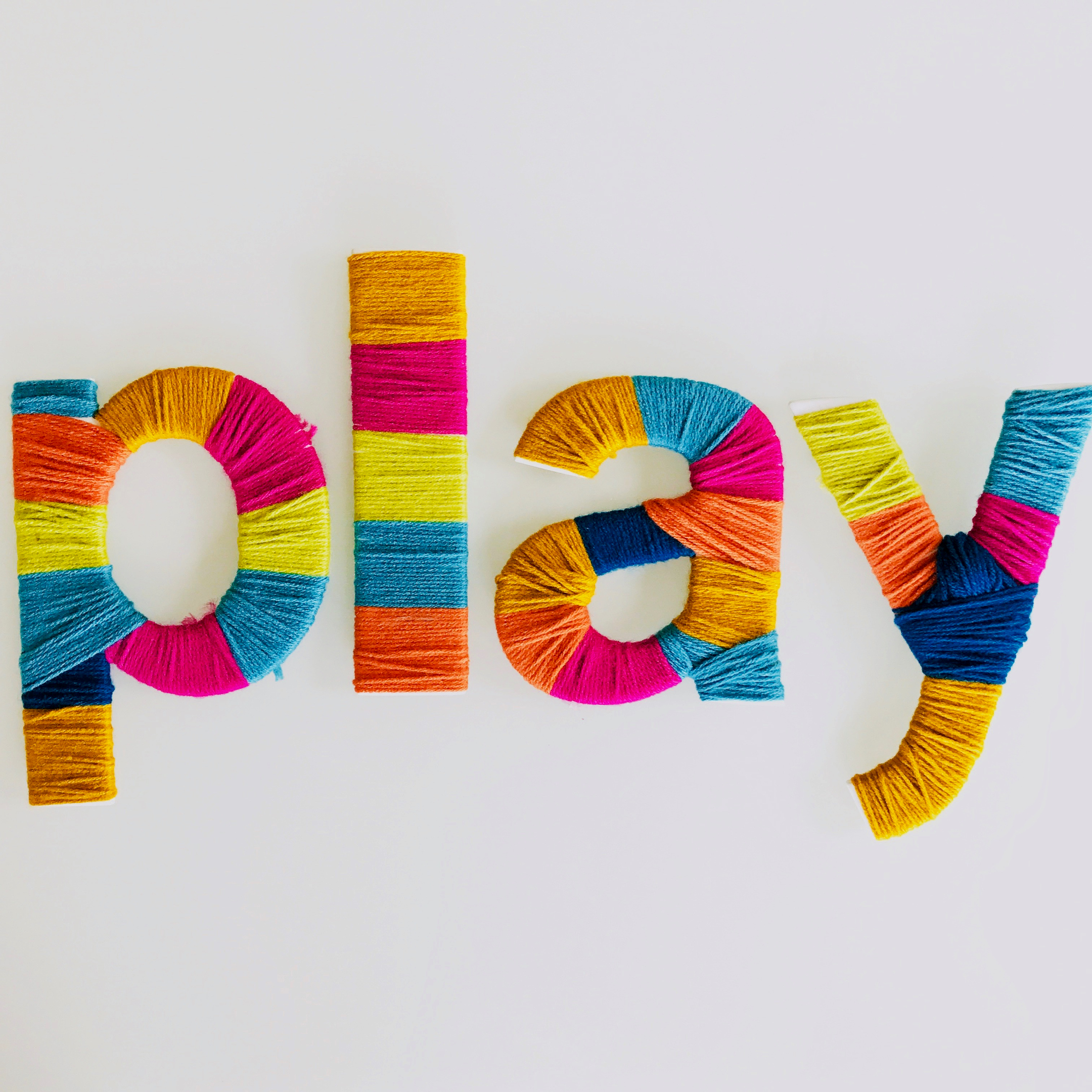
Play-focused approach
All the research points to the fact that paper-pencil worksheets are NO...
Reggio-Inspired Homeschool Space: A Collection of Ideas Big and Small
Are you inspired by the home learning spaces you see on Pinterest, Instagram and homeschool blogs?
Have you ever wanted to re-vamp your learning space but...
a) you don’t have the space,
b) you don’t have the budget or
c) you fear your kids will just destroy it anyway?
You’re in the right place!
Today’s blog post features a bank of ideas to create a Reggio-Inspired learning space in YOUR HOME - big or small, that fits YOUR budget Big or small, that suits your family and your lifestyle.
Today, our goal is to re-imagine our learning space to inspire playful curiosity, creative exploration and joyful learning.
Ask yourself these questions:
What does our learning environment communicate about learning?
About how we view children?
What are the values, habits and attitudes we wish to foster in our students, and how can we do achieve this through our learning environment?
When looking through a Reggio-inspired lens, great emphasis is placed on the physical space that surrounds our ki...
Homeschool Your Child in Under 1 Hour per Day
How can you teach your child to read, write and do math in under <1 hour per day?

The secret inside Artful Teaching. Joyful Learning.® is an integrated approach - one that folds in literacy and numeracy into everything you do. The program is rooted in a Reggio-inspired approach, and its holistic style is what makes teaching and learning so seamless, streamlined and beautiful.
This blog post and video show a typical "flow" to an ATJL homeschool day, and includes predictable, repeatable rhythms and routines to teach reading, writing and math in a way that's playful, engaging and research-based.

Morning Meeting ~ 15 minutes
Morning meeting is a practice used in most early childhood classrooms, and for good reason! It's a beautiful way to teach reading and writing in a way that doesn't require much planning or headspace. Here's how.
1. Morning Message: A daily message written to your child with a rotating bank of 5 literacy strategies. Your child "fixes" the message, using skills ...
Homeschool Organization 101
Systems. Streamlining. De-Cluttering. De-Stressing.
Nothing makes me happier {or more productive} than a well-curated, organized space for living and learning.

Today's blog post is dedicated to helping you streamline, declutter and organize your homeschool in order to optimize learning and deepen play for your little ones, AND so you can finally stop stressing about where to put things, store things or find things.
All humans appreciate good design, and children are no exception. A thoughtfully curated and intentionally designed learning space goes a long way on impacting our attitude, behaviour and learning. When we have a clutter-free, streamlined space that surrounds us, we are calmer, happier and are likely to feel more productive.
But just how DO we organize it all?
First, we need to categorize our stuff.
Let’s talk name and talk about each of these categories.
Teacher Resources
- Subject specific
- Assessments and checklists, library lists etc.
- Homeschool reporting
The Rainbow Project
An investigation unfolds
One day, we were learning together at the table, a rainbow streamed through the window and projected itself onto the wall of our home learning space. This sparked much excitement for the girls. They had all kinds of theories about how the rainbow appeared (I knew it was because of the glass vase that sat in front of the window, but I didn't disclose that just yet!)
I decided to take advantage of their excitement and interest in this unintended provocation, and thought would be the perfect way to launch into an investigation about rainbows!

Prior Knowledge
I asked them what they already knew about rainbows, what they wondered about rainbows and they shared their theories about how rainbows form. Digging into prior knowledge is an important first step toward any new learning. Prior knowledge is like the "hook" on Velcro: any new learning needs something to cling to in order to develop new understanding.
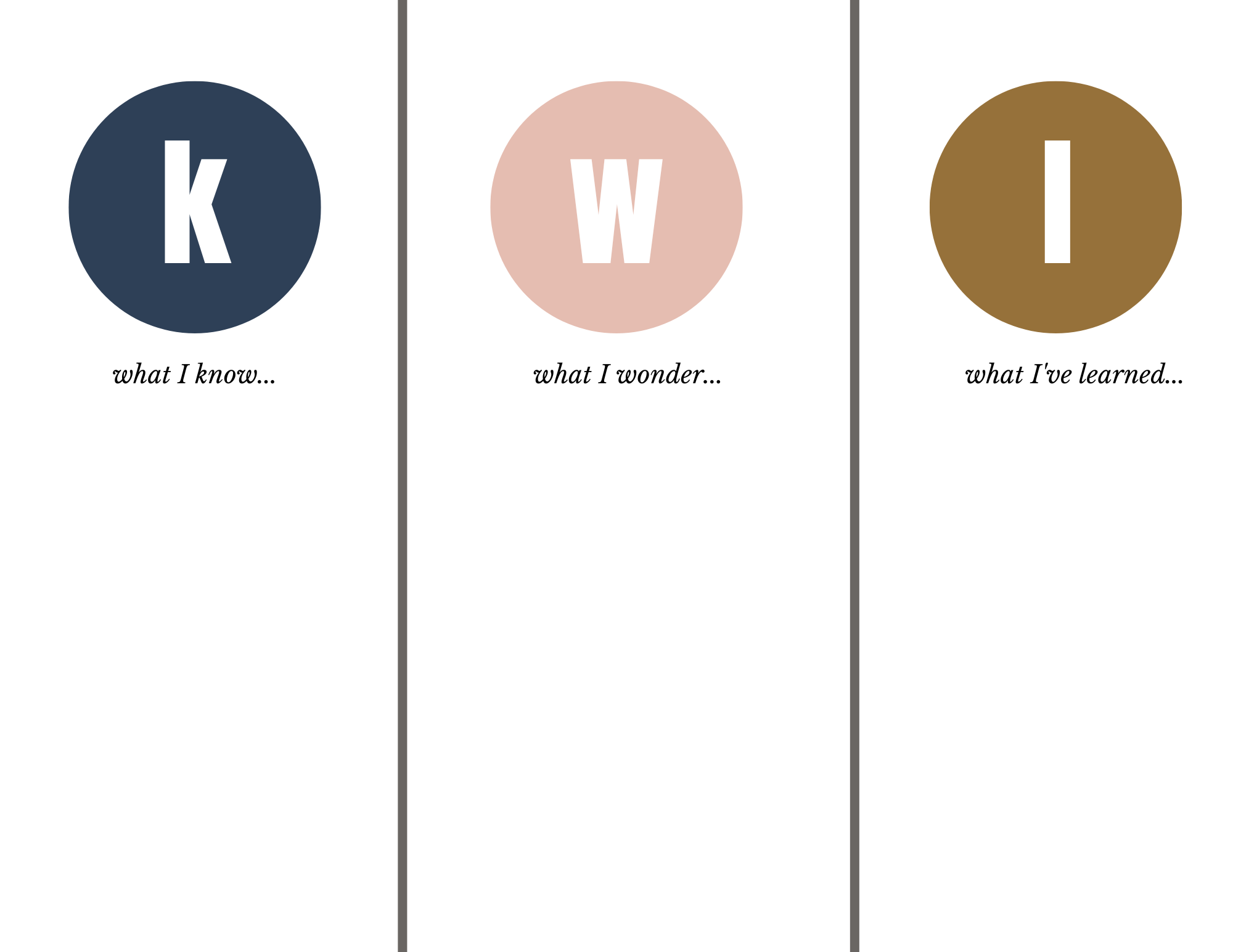
Curriculum Mapping
Later, I began mapping out some...
How to Choose a Curriculum for Young Learners
If you’re dabbling with the idea of homeschooling your little one this fall, you may be wondering about WHICH curriculum to use, and whether you even NEED a curriculum as you begin your homeschool journey.
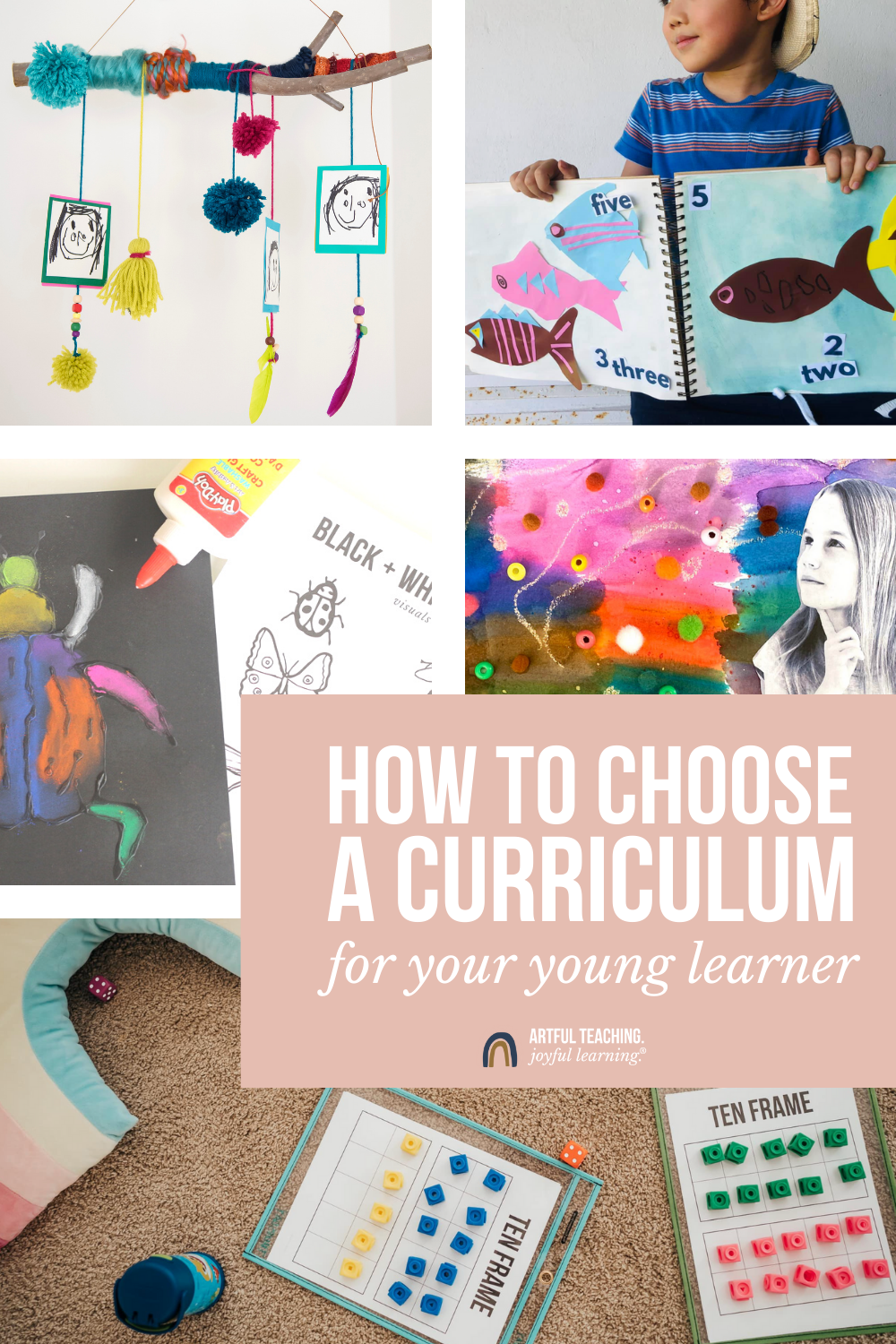
And If you’re reading this, chances are you’re a parent who values play, creativity and nurturing your child’s wonder about the world.
You're likely the kind of parent who believes in a slow, gentle and natural approach to learning, and don’t like the idea of pushing hard academics, prolonged periods of seatwork, and countless worksheets and flashcards.
These ARE the good old days, and you know childhood’s too short and precious to sit at a desk for five hours a day.
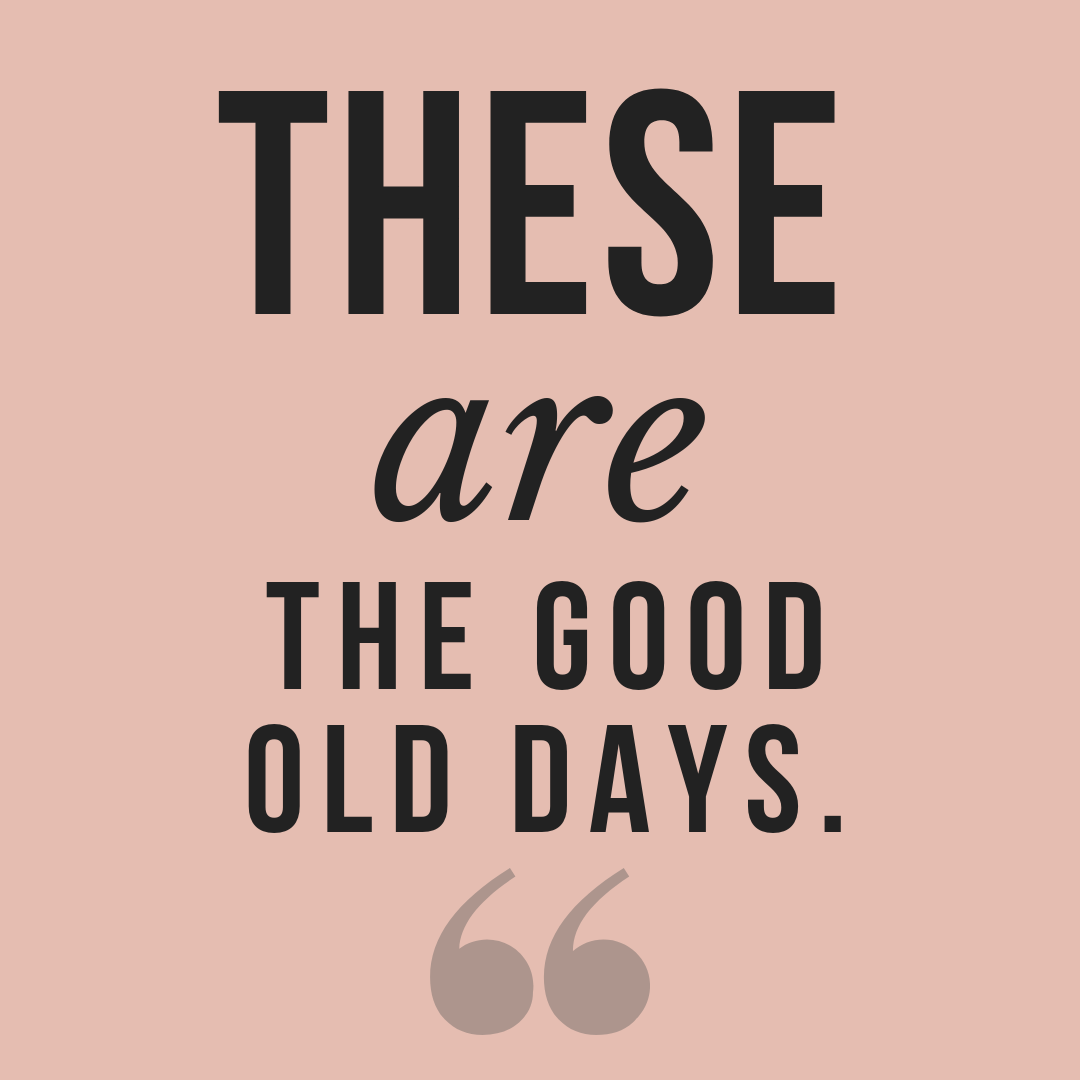
Truth be told, you don’t NEED a curriculum for the early years.
Learning in the early years should be play-based, experiential, capturing our children’s wonder and delight in their curiosity. It should be free of pressure, gentle and slow.

In fact, formal schooling is not even mandatory until the age of 7...
From Worksheets to Wonder: One Hundred Languages of Children
Imagine you're teaching your child about plants.
Now imagine the learning going one of two ways.
- Worksheet style.
Paper, pencil, scissors, glue.
The lesson spans 20 minutes, and your child is done thinking about plants. They move onto the next thing rarely thinking or wondering about plants again.
- Hands-on, Artful Approach.
✅ soil
✅ trowel
✅ real flowers
✅ magnifying glass
✅ seeds
✅ watercolor paint
✅ paintbrush
The investigation and projects span days, even weeks. Your child is noticing, observing, predicting, labeling, creating, investigating, discussing and sharing their learning.
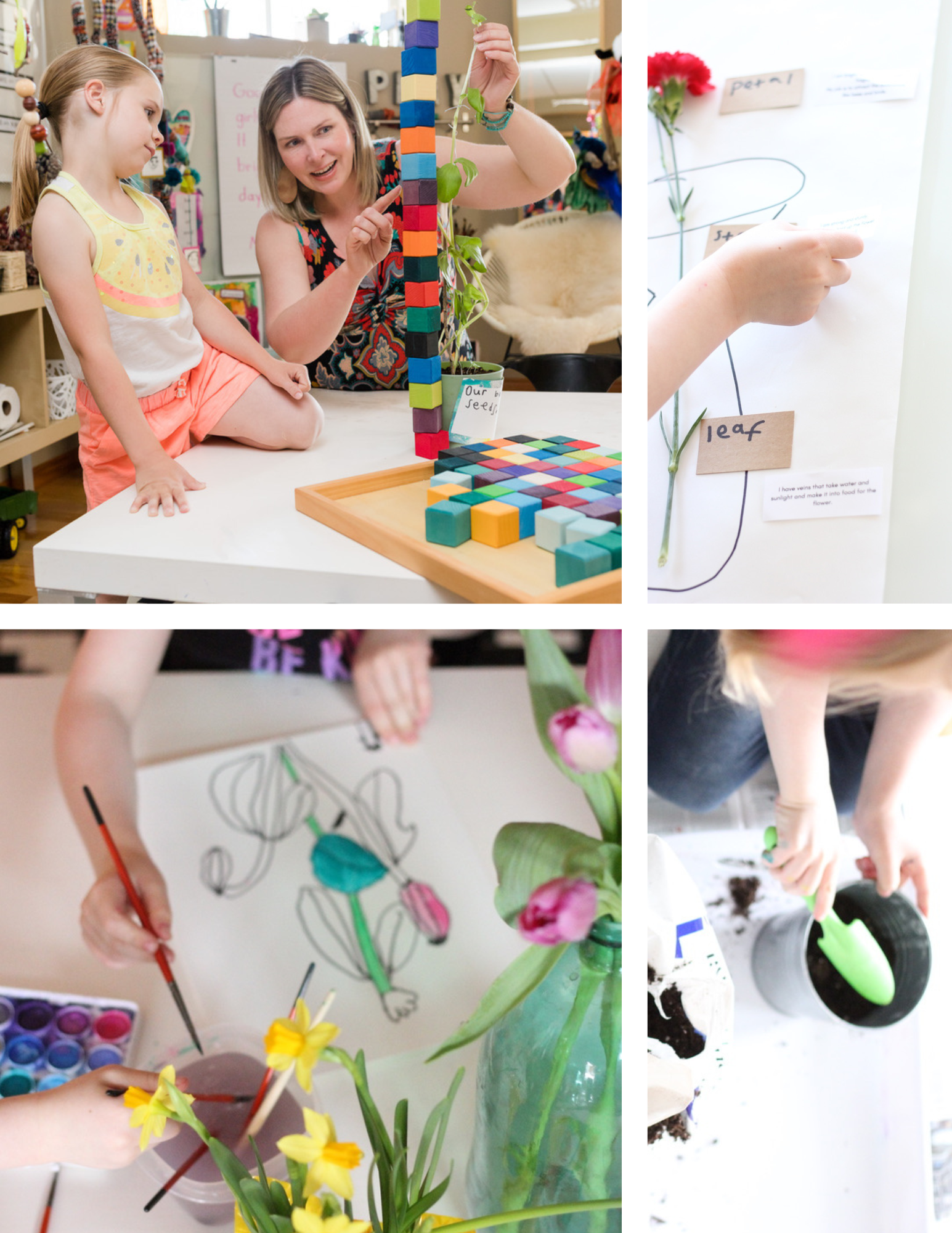
They are delighted, excited, motivated, engaged.
In which scenario would you rather be a participant? Where would YOU rather teach?
Now, I'm not saying "Toss out the workbooks!"
I believe in a balanced, integrated approach that uses children's natural hundred languages of learning. The "sweet spot" that blends the wonder of childhood with more intentional teaching.
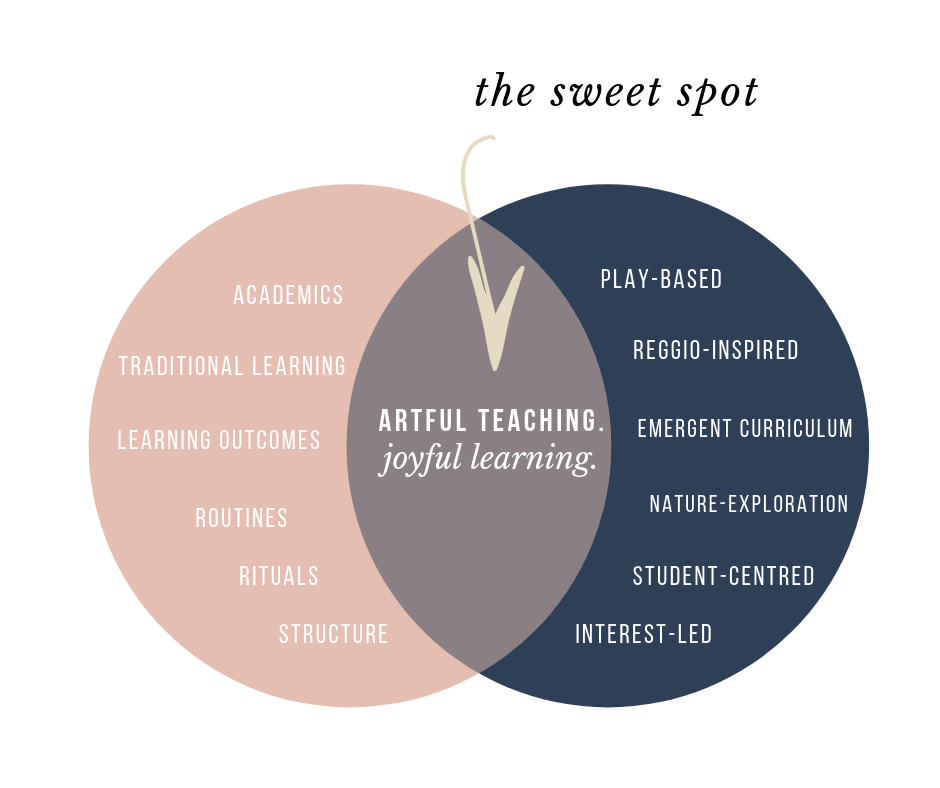 Did you know your ch...
Did you know your ch...

